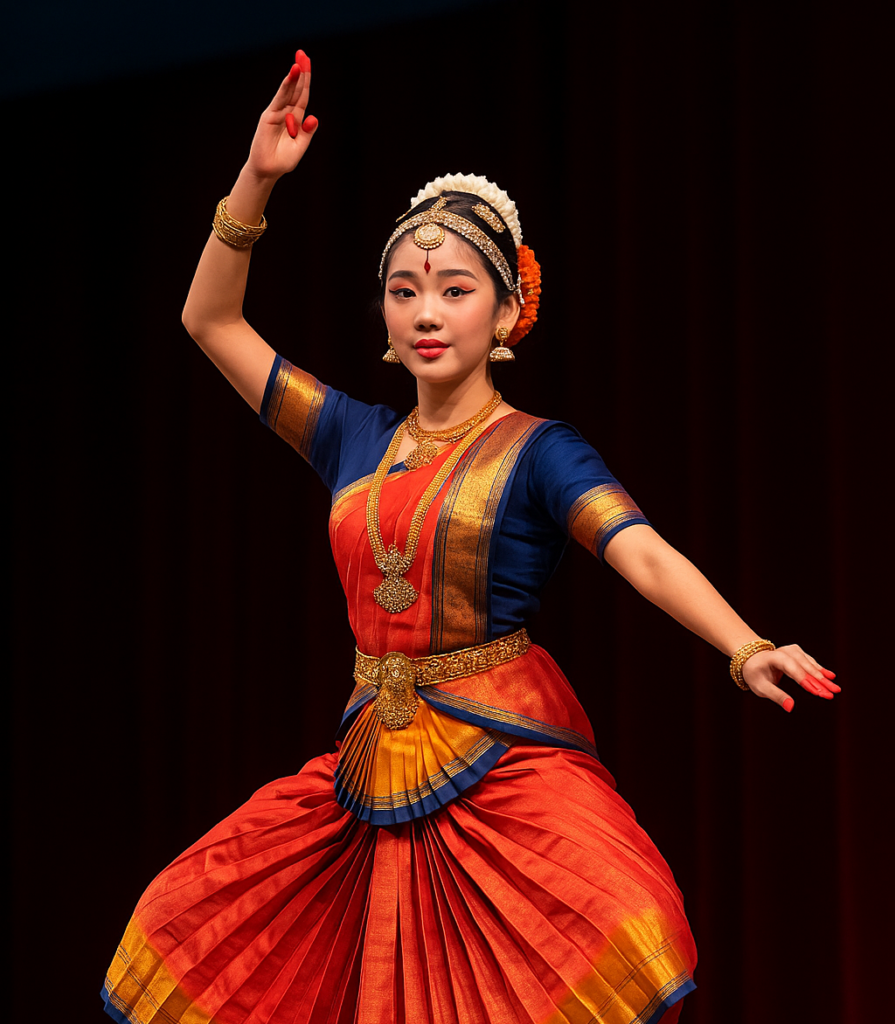At 17, Zhang Jiayuan—known as Rhea—took the stage in Beijing for her solo Arangetram, stunning audiences with her mastery of Bharatanatyam. Her performance, a milestone in cultural exchange, makes her only the second Chinese student to debut in this Indian classical tradition after being trained entirely in China.
An Ancient Art, A New Stage
In a theater in Beijing, the rhythmic beats of ankle bells and the fluid grace of hand gestures told stories centuries old. On stage stood Rhea, a teenager who had dedicated years to mastering Bharatanatyam, the classical dance form of Tamil Nadu. Her Arangetram—literally “ascending the stage”—was not just a personal achievement but a cultural bridge, placing India’s oldest dance form in the heart of China’s capital.
Years of Discipline and Mentorship
Rhea began dancing at five, but her serious training started under Jin Shan Shan, a veteran Chinese Bharatanatyam exponent, at the age of twelve. The Arangetram demanded precision, stamina, and expressive storytelling—the pillars of the art form. Watching from the audience was India’s Deputy Ambassador Abhishek Shukla, alongside dignitaries and dance enthusiasts, who applauded not only her performance but also the cultural partnership it represented. Her teacher Jin described the evening as proof that Indian classical dance can thrive outside its homeland when nurtured with discipline and respect.
Beyond Borders: Dance as Dialogue
Rhea’s performance is part of a growing trend of young Chinese artists embracing Indian classical forms. Bharatanatyam’s blend of spirituality, storytelling, and physical rigor resonates in China’s cultural landscape, where interest has steadily grown. By achieving her debut entirely within her home country, Rhea has become a symbol of how traditions travel, transform, and connect people across borders.
As she bowed to a standing ovation, it was clear her Arangetram was more than a rite of passage—it was a moment of shared heritage, where two ancient civilizations found common rhythm in dance.


